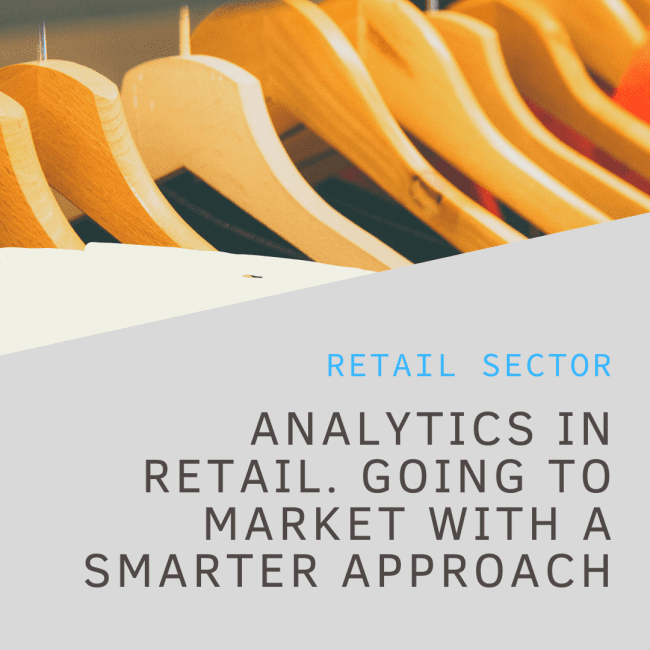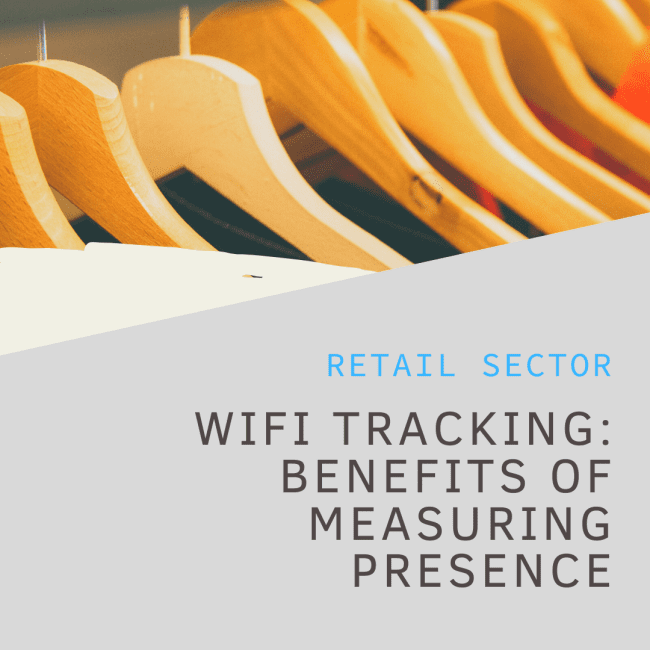In the bustling world of retail, staying ahead isn’t just a bonus for work well done, but it’s a necessity. This is where data analytics swings into action, offering a game-changing advantage for physical retail spaces. Imagine having a crystal ball that tells you what your customers want, how they shop, and even the best ways to arrange your store. That’s data analytics for you.
Now, let’s dive into five actionable tips on how data analytics can revolutionize your retail space, without the fluff or those tired metaphors you’ve read a million times before.
The impact of data analytics in retail spaces
Tailored Customer Experiences
The way we think about buying in actual retail locations is being completely transformed by data analytics. Through a thorough analysis of customer data, including purchase histories, mobile device-tracked in-store movement patterns, and even social media activity, businesses are now able to provide a remarkably tailored and innovative shopping experience. Imagine being guided to a bargain on something you’ve been eyeing but haven’t bought, or imagine digital signage changing to display products that fit your style as you pass by.
This degree of personalization greatly raises the possibility of purchases while also improving the buying experience. Based on heat maps of foot traffic, retailers can further optimize product placements and store layouts to make sure that high-demand items are more accessible and efficiently catch the attention of buyers.
Efficient Inventory Management
When it comes to inventory management in physical retail locations, predictive analytics is revolutionary. Retailers may forecast future product demand with amazing precision by looking at historical sales data, current market trends, and even local events and weather predictions. Because of this foresight, retailers are able to maintain ideal levels of inventory, lowering the possibility of stockouts, which can annoy customers and cause them to shop at competitors, as well as avoiding surplus stock that takes up space and funds.
Retailers can also dynamically modify their stock levels and purchase selections by using data analytics to find trends and patterns in product preferences. This more intelligent approach to inventory management guarantees that popular items are constantly available and in stock, which not only increases operational efficiency but also improves consumer happiness.
Smarter Energy Usage
Efficient energy use is a crucial yet often overlooked aspect of managing physical retail spaces, especially in an environmentally conscious world. In Australia, retailers have the opportunity to significantly cut down on energy expenses by leveraging data analytics for smarter energy management. Tools that allow users to easily compare energy in NSW are available to every business and they enable the analysis and comparison of various energy providers to find the most cost-effective solution.
By monitoring energy consumption patterns and identifying peak usage times, retailers can implement data-driven strategies to reduce energy waste—such as adjusting lighting and HVAC settings based on store occupancy and outside weather conditions. This not only lowers operational costs but also positions the retailer as an environmentally responsible entity, enhancing brand image among eco-conscious consumers.
Enhanced Employee Performance
Data analytics offers transformative potential in optimizing employee performance in physical retail spaces. Retailers can learn about the strengths and shortcomings of their team by examining a multitude of data, including employee attendance and activity levels, customer service feedback, and sales success. With this data, training programs may be more specifically targeted, employee motivation can be increased with customized rewards, and shift scheduling can be optimized to keep the store fully staffed during busy periods.
Retailers can promote a culture of continuous learning and development by tracking and analyzing employee-customer interactions to find best practices and areas that need improvement. In the end, this results in a staff that is more informed and effective and that can increase sales and provide outstanding customer service.
Advanced Security Measures
Security is crucial in physical retail spaces because it safeguards assets and makes sure that patrons are in a secure environment while they purchase. Retailers may improve their security procedures dramatically by integrating data analytics. Retailers can spot irregularities that can point to theft or fraud by comparing data from multiple sources, including transaction records, security camera footage, and customer behavior patterns.
By identifying trends that depart from the norm, advanced analytics can forecast future security issues and allow for proactive action. Furthermore, suspicious behaviors can be identified by real-time video stream analysis, enabling prompt action to stop theft and other security incidents.
Optimized Marketing Strategies
When it comes to actual retail locations, data analytics can greatly increase the efficacy of marketing campaigns. Retailers may choose the best methods and messaging to reach their target demographic by utilizing consumer data. This could entail examining the efficacy of local advertising initiatives, social media marketing, and in-store promotions to see what increases foot traffic and revenue.
Additionally, retailers can use data to more precisely segment their consumer base and target distinct groups with tailored marketing messages. For instance, a company may find that older customers prefer email newsletters with special coupons, whereas younger shoppers react better to social media marketing.
Improving Customer Experience in Physical Spaces
Data analytics has a huge potential to change physical retail locations. The advantages are evident, ranging from personalizing shopping experiences to improving staff performance, controlling energy expenses, and guaranteeing security. We may anticipate more creative and effective physical retail environments that meet changing consumer needs as long as retailers stick to their data-driven strategies. Data-driven retail is the way of the future. Now let’s join the revolution that data analytics is bringing about in the physical retail industry and ride that wave together.







